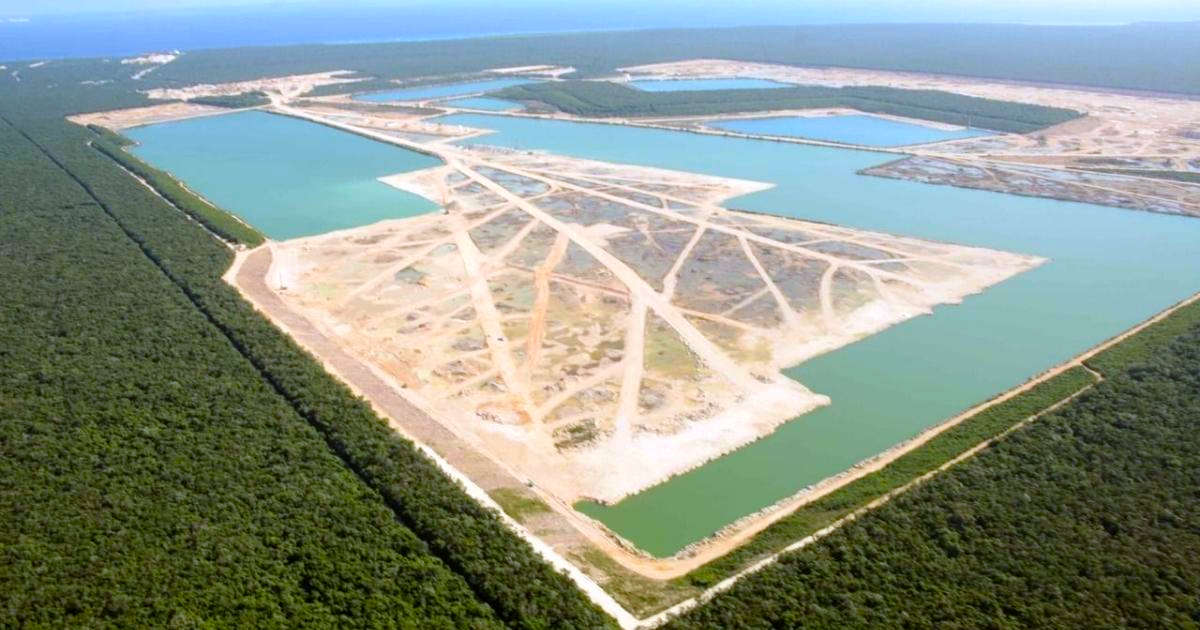In the beautiful region of Quintana Roo, Mexico, U.S.-based Vulcan Materials is leaving a devastating mark on the local ecosystem. Through its subsidiary Calizas Industriales del Carmen(Calica, now known as Sac-Tun), the company has wreaked havoc on more than 2,400 hectares of land, including deforestation, loss of mangroves, death of endangered species, and alterations to subway rivers and cenotes.
Calica, established in 1986, extracted and exported limestone rock and stone aggregates such as crushed stone, sand, and gravel. Unfortunately, industrial exploitation was carried out below the water table, resulting in a series of serious and, in some cases, irreversible environmental impacts.
According to Dr. Cecilia Elizondo, a specialist in landscape heritage conservation at the National Polytechnic Institute (IPN), recovery from environmental damage will depend on the severity of the damage. The scientist has described a systematic chain of impacts, beginning with the removal of materials for limestone extraction. This activity severely affected subway rivers, which are connected to marine areas and serve as refuge and spawning grounds for important species.
The negligence of past governments contributed to this ecological catastrophe by allowing private companies to exploit these areas without guaranteeing adequate environmental protection. Dr. Elizondo strongly criticizes this practice, which began during the administration of former President Ernesto Zedillo, when Julia Carabias was Secretary of the Environment and authorized the exploitation of the Calica mine.
Unfortunately, the extracted material was exported mainly to the United States, depriving Mexico of its own soil and resources. Dr. Elizondo highlights the fact that, since it is a foreign private company, territorial control is lost, making access and protection of these areas difficult.
The systematic destruction of Calica has also had consequences on the network of caves and cenotes typical of Quintana Roo. Some of these natural sites have completely disappeared due to mining activities.
Despite the terrible damage caused, the authorities did not intervene until Profepa partially closed the activities in January 2018. In 2019, Calica decided to change its image and name, becoming Sac-Tun and promising “a renewed commitment to the environment and the development of Quintana Roo.”
A diagnosis carried out by the National Commission of Natural Protected Areas (Conanp), the Mexican Institute of Water Technology (IMTA) and the National Institute of Ecology and Climate Change (INECC) revealed that the destroyed jungle could take up to 300 years to recover, as long as intense reforestation is carried out. Unfortunately, other damages are irreversible, such as geological devastation and contamination of subway flows and soils.
In summary, the case of Calica in Quintana Roo is a sad example of negligence and excessive exploitation by foreign companies, with the consent of irresponsible governments. The current Mexican government, headed by Andres Manuel Lopez Obrador, has been the first to confront this problem, initially trying to negotiate with the company and now continuing with the corresponding legal actions.



